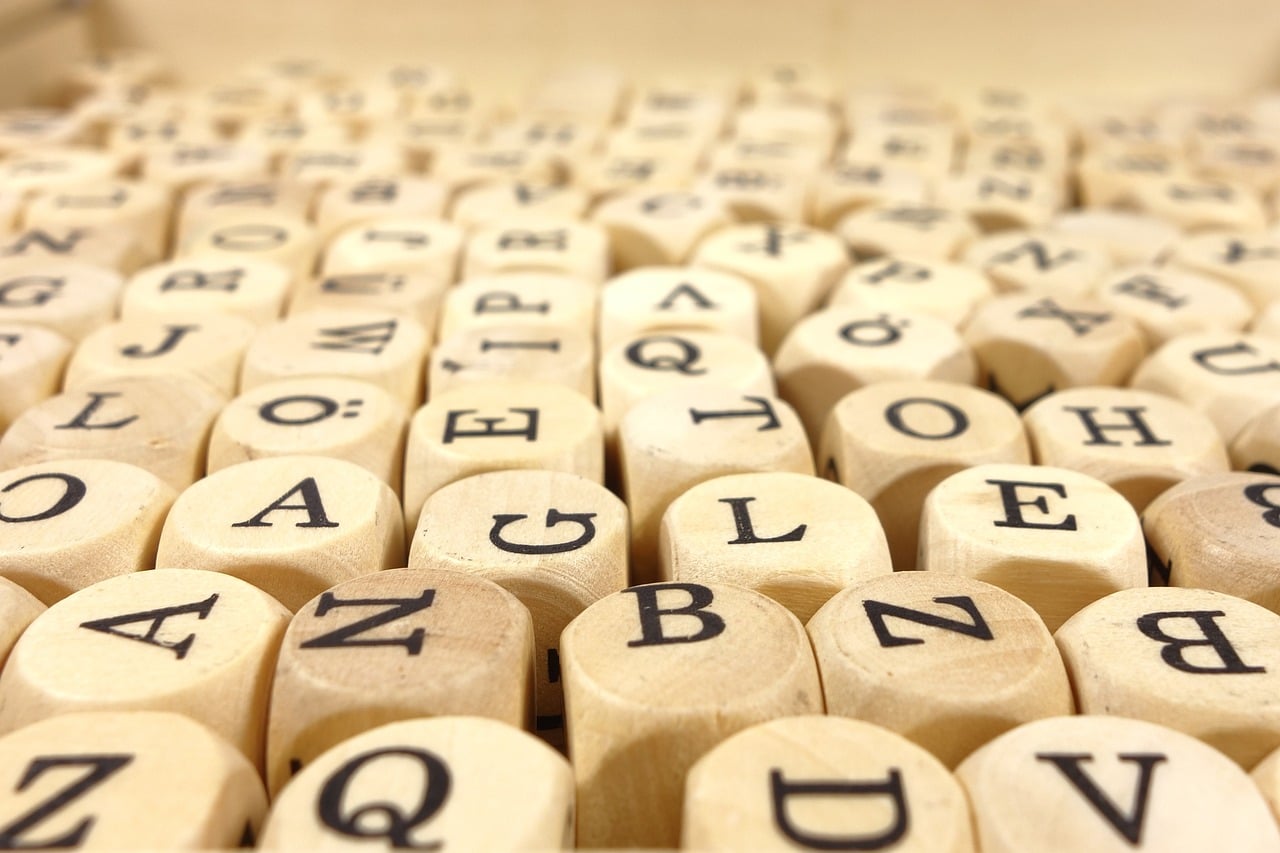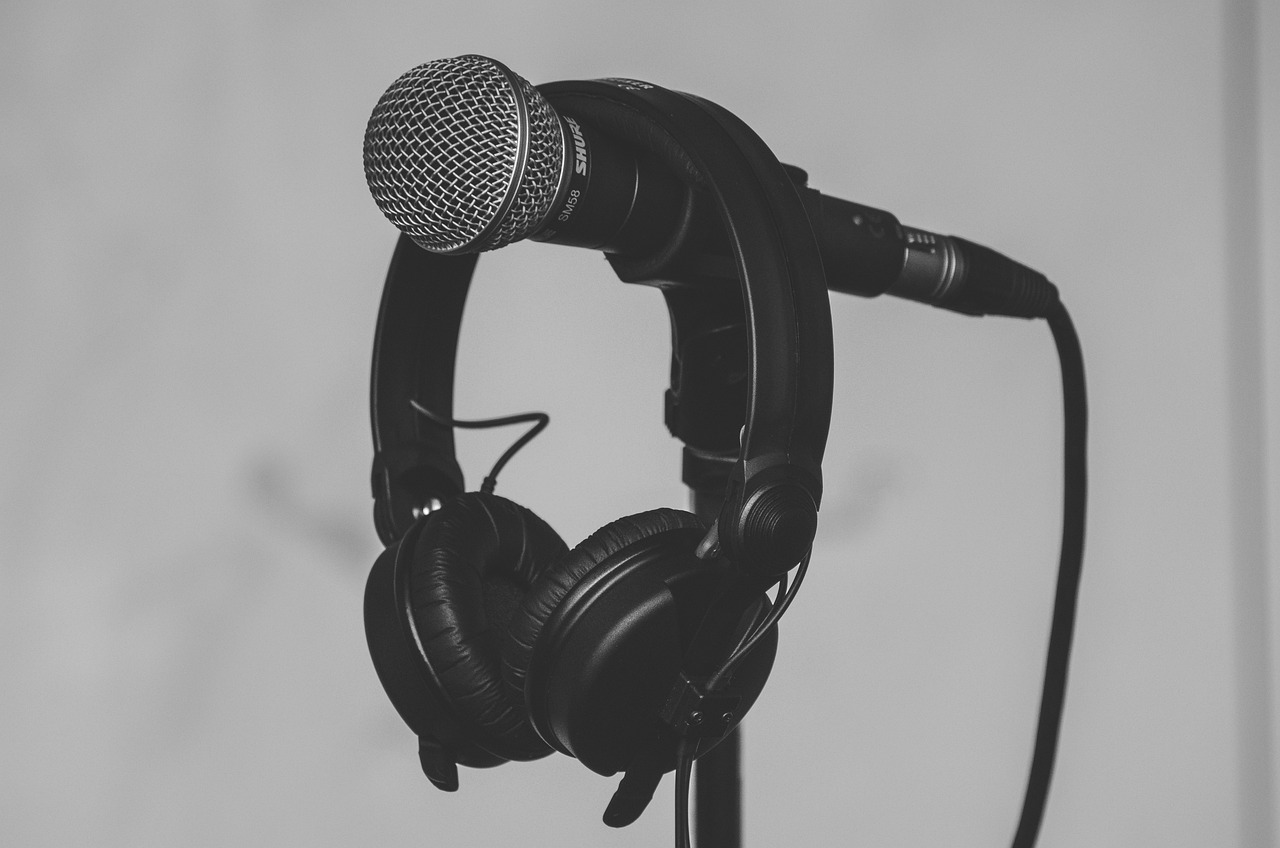
Phonograms are graphic representations of the sounds of a language.
Phonogram is the letter - or group of letters - that allows the representation of a phoneme . This meaning falls within the field of linguistics .
A phoneme is the phonological unit whose decomposition into smaller units is not possible and which is capable of differentiating meanings. Phoneme comes from the Greek phṓnēma , which refers to the “sound of the voice” .
Minimum writing unit
The phonogram is the smallest and indivisible unit of writing , which is also known as the grapheme . The sign, in this case, serves to represent a phoneme (a speech sound ).
It can be said that a phonogram is responsible for transcribing, arbitrarily, a sound . It is a written character that has no relation to the meaning.
The phonogram, in short, is used to transcribe a spoken sound , without taking into account the meaning to which said sound will refer. In this way, the same phonogram can acquire different meanings.
In our language, for example, the letter E is one of several phonograms when it is used to represent the sound we make when reading it independently along with the other four vowels. We see it in the words month, fish and courteous , among thousands of others, and it goes without saying that it does not give them any meaning but only their sound characteristics.
Arbitrariness
Arbitrariness is one of the main characteristics of the phonogram, both in its form and in the sound it represents. This may seem difficult to understand for a native speaker, who knows the signs of his language since childhood, but for a foreigner who uses another alphabet it is obvious.
We never stop to think "why is A written like that?", for example, although we do question the look and sounds of the alphabets used in other countries, such as Russia or India. Take the case of the Cyrillic alphabet , used in Russian, Bulgarian, Ukrainian and Turkmen, among other languages: at first glance, its phonograms bear considerable resemblance to ours, and this leads us to assume that we can read them.
This is not a negative attitude, but rather an almost reflexive act, since we have our phonograms recorded in an indelible part of our memory , and we use them naturally, just as we recognize first our loved ones and then the rest of the people. people. We try to see our own letters in other letters, because they are our reference points when reading and writing. Of course, to learn another language we must transcend this resistance and open ourselves to the arbitrariness of the foreign language, as valid as ours.
Sound fixation
A phonogram, on the other hand, is the recording of sound on a medium to enable it to be reproduced . The notion refers to a sound fixation .
To create a phonogram, the sound must first be captured and recorded. The usual thing is that it is then subjected to a certain process to optimize its qualities and quality .

The official recording of a song is also called a phonogram.
A song recorded on a compact disc ( CD ) constitutes a phonogram. Thanks to this resource, the interpretation or execution of the musical work in question can be heard by playing it on the appropriate device.
Note that in some cases the term phonogram is used as a synonym for master , that is, the official recording of a song, the definitive version that is distributed and included, for example, on an album. For it to exist, however, it must be based on an original composition or, failing that, that the person creating it has the appropriate rights.
